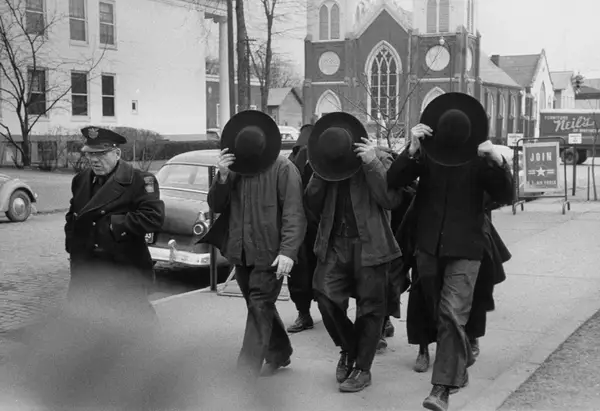Persecution and Perseverance in Amish History
The history of the Amish is marked by both hardship and resilience. From their origins in Europe to their migration to North America, Amish communities faced persecution, social exclusion, and legal restrictions. Despite these challenges, they persevered, maintaining faith, traditions, and a way of life centered on simplicity, family, and community. Understanding their journey offers insight into their enduring strength and cultural identity.
Origins and Early Challenges
The Amish emerged from the Anabaptist movement during the Protestant Reformation in the 16th century. Leaders like Jakob Ammann advocated for adult baptism, strict religious discipline, and separation from worldly influences.
These beliefs often clashed with European authorities, both Protestant and Catholic. Amish and other Anabaptists faced fines, imprisonment, and even execution for refusing to conform to state-mandated religious practices. Many families were forced to hide their faith, flee their homes, or endure harsh punishment.
Social and Legal Persecution
Persecution extended beyond religious authorities. Communities ostracized those who diverged from mainstream practices, and social stigma often accompanied legal penalties. Amish individuals were denied public office, subjected to heavy taxation, and sometimes violently attacked.
Such pressures threatened the survival of their communities. Yet the Amish remained committed to their principles, practicing nonresistance and avoiding confrontation whenever possible. Their faith emphasized endurance, humility, and trust in God during times of trial.
Migration to North America
Persecution in Europe motivated many Amish families to seek refuge in the American colonies. Beginning in the early 1700s, they traveled to Pennsylvania and other areas offering religious tolerance and fertile land.
Migration was not easy. Families endured long, difficult voyages across the Atlantic, bringing only essential belongings. Despite these challenges, they established farms, schools, and churches, laying the foundation for thriving communities that could live according to their beliefs.
Preserving Faith and Tradition
The Amish responded to persecution by strengthening their commitment to faith and tradition. Communities emphasized simplicity, plain dress, and close-knit family life. Children were educated in small, local schools, learning both practical skills and moral instruction aligned with their beliefs.
Religious gatherings, often held in homes or simple meetinghouses, reinforced communal bonds. By focusing on internal cohesion rather than external approval, the Amish protected their cultural and spiritual identity through generations.
Resilience Through Community
Community support played a vital role in Amish perseverance. Neighbors assisted one another with farming, construction, and childcare, creating a network of mutual aid. Cooperative practices such as barn raisings and work bees fostered solidarity and ensured survival in the face of hardship.
This strong social structure enabled Amish settlements to endure external pressures while maintaining continuity of traditions and values.

Lessons from Amish History
The Amish experience demonstrates the power of resilience, faith, and intentional living. Despite centuries of persecution, they preserved their culture, education, crafts, and farming practices. Their story teaches the value of community, patience, and adherence to deeply held principles even when faced with adversity.
Travelers and observers can learn from Amish perseverance, appreciating how commitment to values, cooperation, and simplicity can sustain a society across generations. Their history highlights the importance of protecting cultural identity while navigating external challenges.
Conclusion
Persecution shaped Amish history, but perseverance defined it. From early challenges in Europe to migration and settlement in North America, the Amish remained steadfast in faith, community, and tradition. Their resilience allowed them to preserve a simple, intentional way of life that continues today. By studying Amish history, one gains insight into a people who overcame adversity while maintaining their beliefs, crafts, and values—an enduring testament to faith, family, and perseverance.



